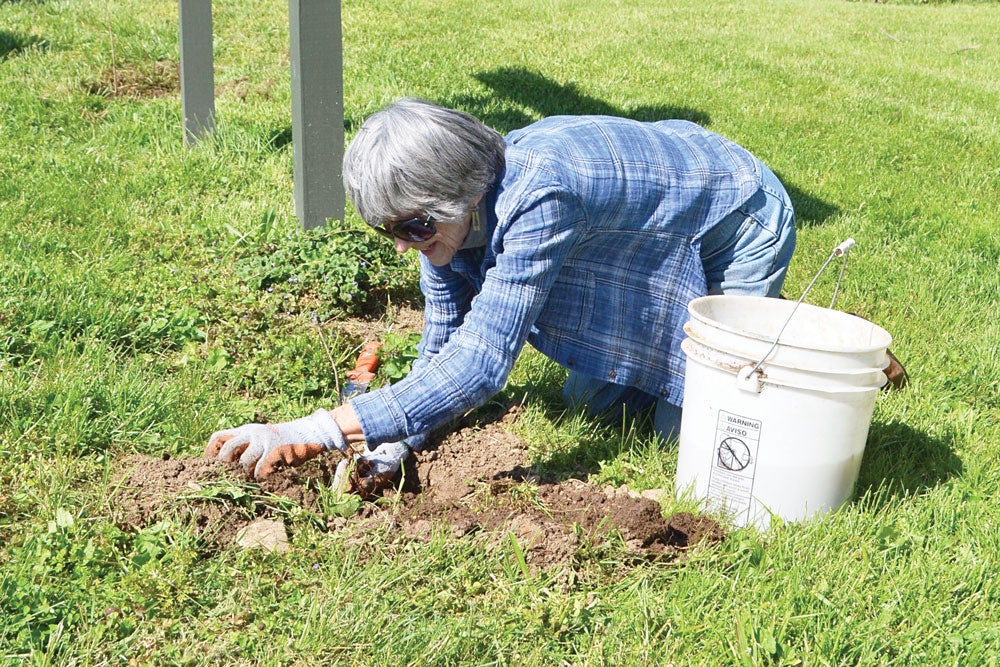Schools’ virtual COVID forum available online
Published 11:36 am Thursday, October 29, 2020
|
Getting your Trinity Audio player ready...
|
What will hybrid learning look like in Jessamine County now that the school district is limiting in-person learning because of COVID-19?
How long must a student quarantine after she or he has come in close contact with someone who has the virus?
What are schools doing to keep kids and staff as safe as possible?
Those were some of the questions addressed in a virtual “community town hall” held on Facebook and YouTube Oct. 21 by Jessamine County Schools and the Jessamine County Health Department.
The discussion was hosted by Superintendent Matt Moore, Public Health Director Randy Gooch and the Health Department’s medical director, Dr. Steve Davis.
The forum was recorded and can be watched by going to the YouTube link on the Jessamine County Schools Facebook page or by going directly to the YouTube video at https://youtu.be/T04ucqlKlrw.
Viewers had an opportunity to submit questions by email prior to the forum, and the participants addressed as many of them as they could in the hour allotted for the program.
COVID-19’s impact on JCS students, staff and families, and the community was discussed, and topics covered included community health indicators, contact tracing and quarantine procedures, the decision-making factors involved in offering in-person instruction, and the secondary level A/B attendance model that was scheduled to begin Monday, Oct. 26.
“Please note that safety is our top priority here in Jessamine County,” Moore said, adding that he was appreciative of the work the Health Department had helped guide the schools through its work to keep students safe.
Moore said at the beginning that the participants couldn’t get to all of the questions, but they would look for opportunities for follow-up communication.
On Oct. 26, the schools were scheduled to begin a new model of instruction because of a rise in the number of coronavirus infections in the community and the large number of students and employees who had been quarantined because of contact with people who had tested positive.
Elementary school students whose parents had opted for in-person learning for them would continue to go to school five days a week. Middle and high school in-person learners would attend school two days a week, with half attending on Mondays and Wednesdays and the other half on Tuesdays and Thursdays. The students would learn online the other days of the week.
The first question asked was why did the schools make the decision to transition to that model, and why is the model for elementary students different from that of middle and high school students.
“It truly is tied to, not the number of positive cases that we’re dealing with in the school system, but it’s a direct connection to the number of students that we’ve been required to quarantine as a result of having been in direct contact with someone who has tested positive,” Moore said.
Moore said that since the schools had returned to in-person learning, 17 students had tested positive for the virus, and two of those were students in the Virtual Learning Academy, meaning students who had chosen to learn online at home.
However, since in-person instruction began, the schools had 385 students who had to quarantine.
“This week alone, we have had to quarantine 125 students,” Moore said. Of those, 81 percent were middle or high school students, or 5 percent of all students who have returned to in-person instruction.
They have also had to quarantine 48 staff members, including 15 staff members that week.
The elementary model is different, Moore said, is that those students make up a smaller number of the total of those quarantined, and elementary schools are structured differently. They are able to limit their students’ interaction with others. Elementary students don’t change classrooms as often and move about the schools, and so they come in contact with fewer other individuals.
“Also, I think something that parents can truly appreciate is that there are challenges with our elementary students when it comes to child care,” Moore said.
At the high school level, students are able to take care of themselves when they’re learning at home and their parents aren’t around.
Younger students also are not as well-equipped to learn virtually as teenagers are, he explained.
Moore also said that instruction will look different this week for elementary students. In most cases, he said, the schools are able to spread elementary students at least six feet apart more easily than can be done in the middle and high schools.
In response to other questions, Gooch said that students who are quarantined must do so for 14 days and that schools must contact the Health Department when a student tests positive so that it can help with contact tracing.
“We know that this virus can take up to 14 days before it manifests itself … as far as any symptoms,” Davis mentioned.
Asked about Jessamine County recently entering the “red zone” of coronavirus infections, meaning 25 or more new cases per 100,000 population, Gooch explained that most of that rise in infections had occurred because of an outbreak at Thomson-Hood Veterans Center in Wilmore, not because of a rise in infections among the school-age population.






